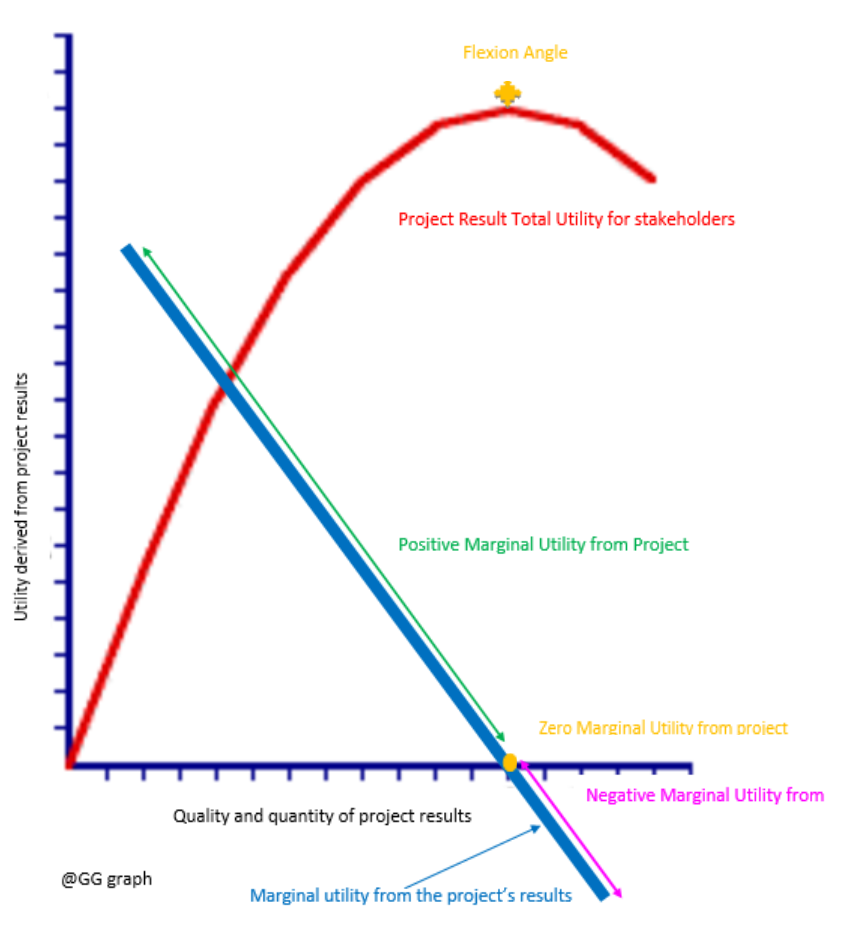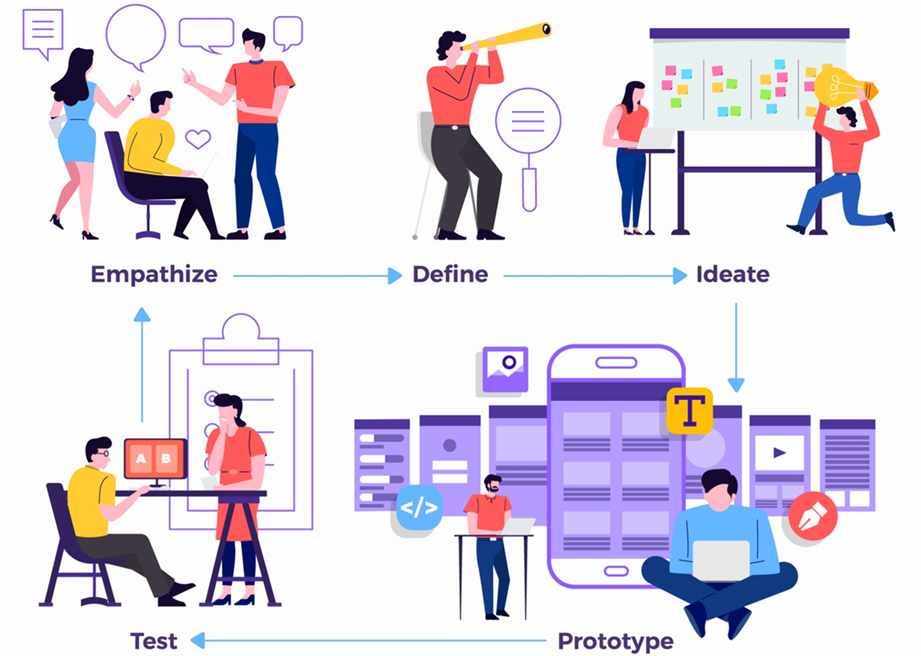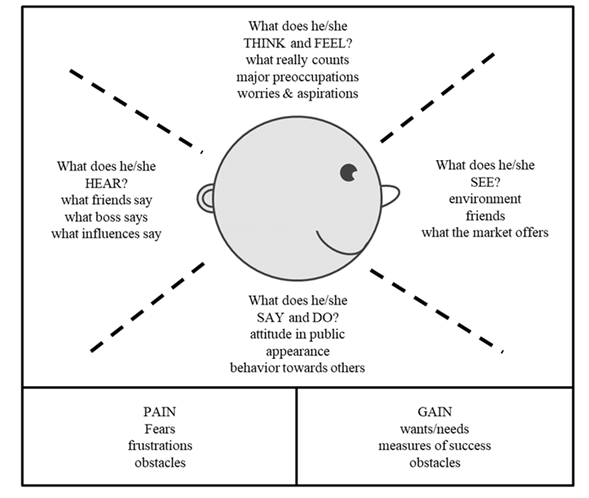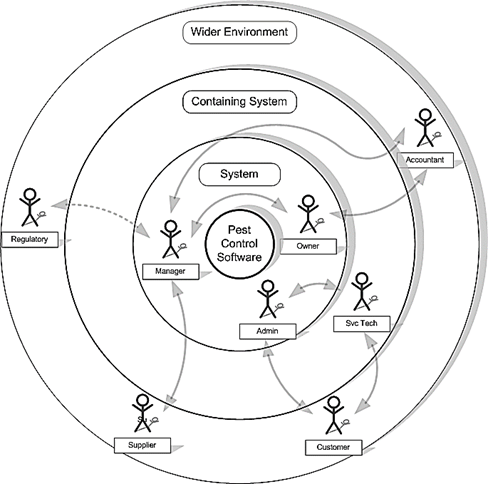Why Scenario Planning is Oh-So-Important for Project Businesses
The business world is characterized by constant change – particularly in project-oriented businesses – and if you don’t bend, you’ll break. Flexibility and responsiveness are key to success in an environment that’s hard to predict. But unpredictability doesn’t mean you SHOULDN’T plan ahead. It just means you need the agility to create, compare, and adjust plans when the sands shift.
What is scenario planning?
Project-centric businesses are always in a state of tension between work they’ve already committed to and the work they’re hoping to win. Will it go ahead? Can we fit it in? Will we need more people to deliver?
Scenario planning asks and answers those questions. It is the process of creating and comparing different combinations of projects – to understand whether you have the capacity to take on new work and deliver it successfully.
Businesses that practice effective scenario planning can commit to new work confidently because they have fully explored and understood the ramifications on their project pipeline.
The challenge with scenario planning
Scenario planning can be difficult for professional services firms considering the interdependencies between projects and people.
Client 1 can change the deliverables on their project and that can have knock-on implications for Clients 2, 3, and 4. Or maybe a key team member becomes ill or leaves the business. These – very common – curveballs can disrupt delivery across a number of projects, leaving project managers frantically mapping out new project paths.
Then there are the projects you hope to win. Not only that but you might be bidding for six projects but only expect to win two. But you actually win five. That’s great news on paper but how are you going to deliver them all? Who do you need to hire? And when can you realistically onboard them?
This is why scenario planning is often called ‘what if’ planning. It’s about asking the question, ‘what if this happens?’ How do different scenarios impact factors like:
- Revenue
- Business capacity
- Resource availability and utilization
And from there, what does that mean for customer outcomes, staff workload, and your reputation overall?
Your sales pipeline is a poor proxy
In my past life as head of sales for a digital agency, I got frustrated by the one-dimensional nature of the data I received from our CRM.
I could see projects in the pipeline and their “value” but not how that translated to actual work, capacity, and billing over time. If you can’t answer the question ‘What’s billing going to be next month?’, or “how many developers will be needed in 6 weeks” you’re leading your company blindfolded.
In this context, probability percentages are less helpful than you might think. When you’re thinking of upcoming work, most CRMs might think of a new project as a deal, and that deal might be weighted based on a probability, say “90% certain it will be going ahead”. For sales, this means you can do a weighted average to determine how much work is ‘in the pipeline’. But that has no correlation to when it needs to be delivered – or your capacity to deliver it.
A pipeline forecast chart might look pretty, but it’s a poor proxy for company billing or the performance of the business. For example:
- There is a big difference between a $100,000 project that is spread over twenty months at $5k per month or over two, at $50k per month. A CRM won’t show the difference between the two.
- There is a big difference between $100k project that starts next month, vs one that starts in 12 months. If the deal were too ‘close’ on the same day, the pipeline report would look the same.
- If your sales team closed a large sale, but you don’t have enough people to actually do the work in the timeframe, and need to hire, is it a good sale?
Scenario planning is a more collaborative and nuanced approach to understanding your project pipeline. It shows what’s actually happening, not just what’s coming up, and that knowledge is power. Because – armed with a 360 understanding of the impact of different projects on your team, capacity and bottom line – you can make better business decisions.
Advertisement
[widget id=”custom_html-68″]
Spreadsheets just can’t cut it
However, despite the value of scenario planning, many businesses don’t have the time or tools to do it.
When we talk to potential customers about scenario planning, they describe laborious processes involving several hours of a data analyst’s time, poring over Excel to model a single alternative scenario. The time and cost involved mean that the business is reluctant to model too many different scenarios, which seriously limits the usefulness of the project.
And they’re often frustrated to discover the data is bad and their predictions aren’t accurate anyway. A revised delivery date here, a change of personnel there… Suddenly your spreadsheets are out of date and you’re making capacity decisions based on fiction, not fact.
Sadly, spreadsheets just aren’t cut out for the complexity of scenario modeling.
So, you can see if someone is fully booked or if projects clash. But you can’t easily interrogate that data to understand the ramifications of a change in one project to others in the pipeline. You can’t actively model a range of scenarios to understand project interdependencies and the implications of your decisions.
Plus, they only present data in one dimension and moment in time. Whereas scenario planning involves multi-dimensional, temporal datasets. In English? Resource planning is much more complex than simply looking at a snapshot of static data. A change of assignments impacts utilization levels, capacity, billing, profitability… Spreadsheets just can’t handle so many moving parts. Plus, these changes happen dynamically and over time, which means the exact same input data will result in different results at different periods of time… Yep, it’s complicated!
Model in minutes
Scenario planning is much quicker, easier, and more accurate when you use the proper software tools. The right software quickly answers the question ‘what are the consequences of taking on this work at this time?’.
Imagine a dashboard that lets you see an overview of all of your current projects in real-time – including capacity, availability, and utilization rates. And you can add in new projects – tentative or planned – and instantly see the impact on your organization.
Instead of spending hours of expert time to model a single scenario, anyone can model any number of project combinations in a matter of minutes. And immediately understand the implications of onboarding new projects.
This gives managers the opportunity to plan and explore myriad possibilities and choose the combination that delivers the best outcome for the organization. It is a rapid test-and-understand approach that can make the difference between seizing an opportunity and letting it slide by…
Reduce friction between functions
Scenario planning software also reduces friction between business functions and gets everyone pulling in the same direction.
A common problem with business planning is that operational systems are vertical and siloed. HR. Sales. Delivery. Accounting. And so on.
There’s no visibility into connected and contingent factors that affect your ability to deliver. For example, sales colleagues might commit to a project without fully understanding the impact on the delivery team. Or a project manager might plan around an individual’s capacity without knowing they’re coming to the end of a temporary contract or have 4 weeks of holiday planned.
This can cause friction and frustration between teams. And risks the cardinal sin of overpromising and under-delivering to clients.
A cross-functional planning tool like Runn increases transparency across the organization. It gives every business function access to real-time tools to model the impact of project decisions. So, sales can add in a tentative project and understand whether it could work before committing to it. And HR has access to the information they need for proactive recruitment planning, instead of being stuck in a reactive cycle.
This joined-up approach isn’t just good for internal harmony. It means customers are more likely to be satisfied because you have the capacity and resources to deliver what was promised.
Harness the benefits of scenario planning
Scenario planning is highly beneficial to project-based businesses. It:
- powers robust but flexible forecasting, which makes your business more agile to opportunities
- let’s you plan effectively for a range of different scenarios, confident that each one is manageable
- optimizes your pipeline to maximize business outcomes – without burning out your resources
- right size your team to deliver great work without overspending on headcount
All of which adds up to productive, profitable projects that delight clients and boost your reputation. And who wouldn’t want that?








